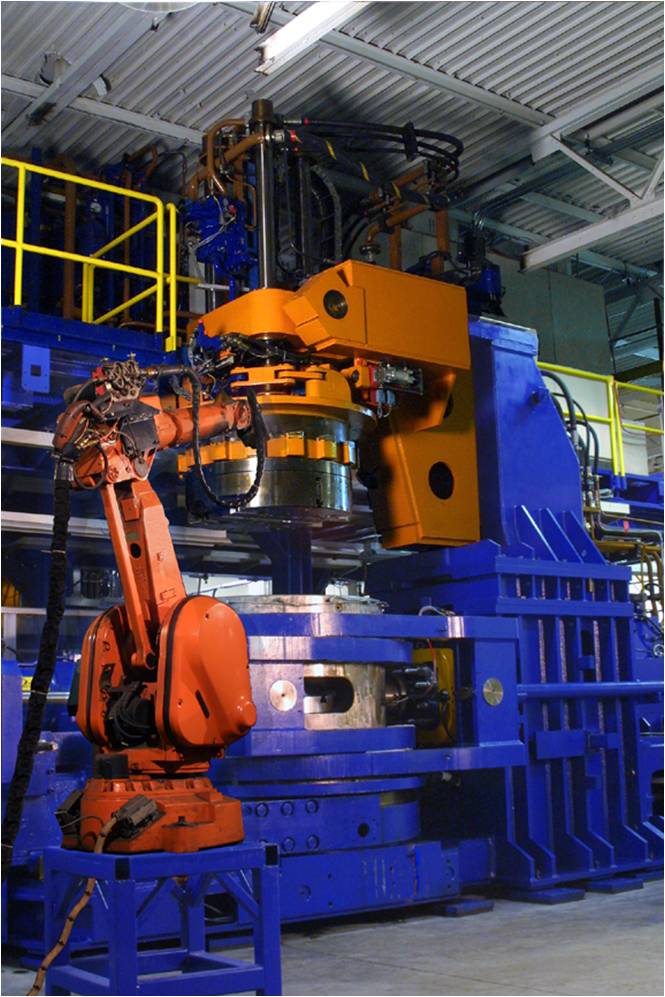
Hydroforming History
Recently, the Auto Tech Review acknowledged that without constant evolution in hydroform technology, the advancements enjoyed in the automotive world today just would not be possible: The demand for ...

Tubular Hydroforming
Most of us have never considered the world of hydroforming or tubular hydroforming. The components made from these methods have permeated a great many areas of our lives from the vehicles we drive to ...
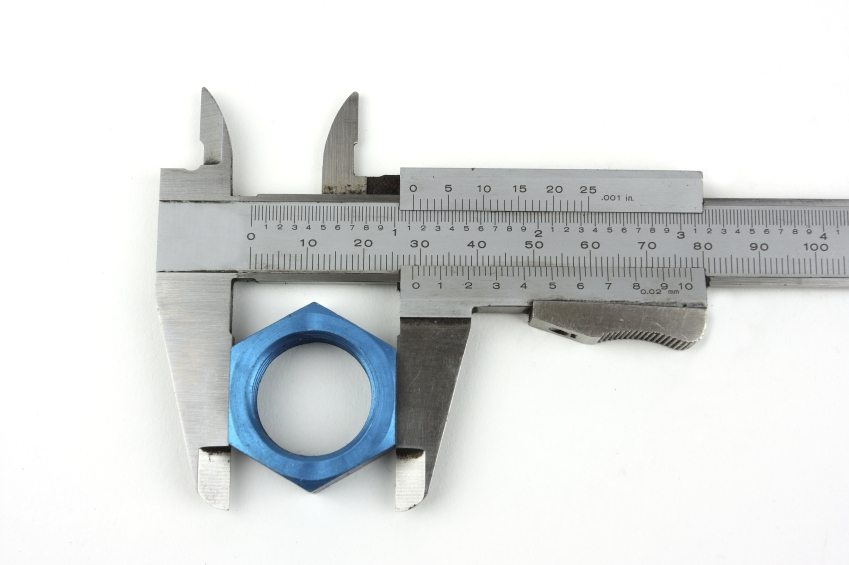
Accuracy in tube hydroforming
As the demands for lightweight construction and precision grow, tube hydroforming is becoming increasingly popular. Hydroforming is used in a wide variety of applications from industry parts to bikes ...
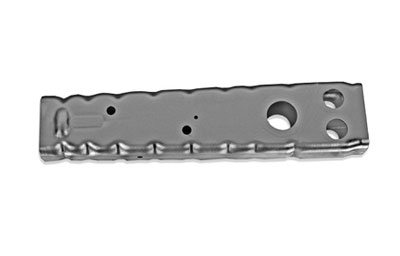
Hydroforming for Performance in the Automotive Industry
Automakers face a number of challenges in providing consumers with vehicles that are safe, fuel efficient and reliable. One way they are achieving these goals is with the use of hydroformed automotive ...
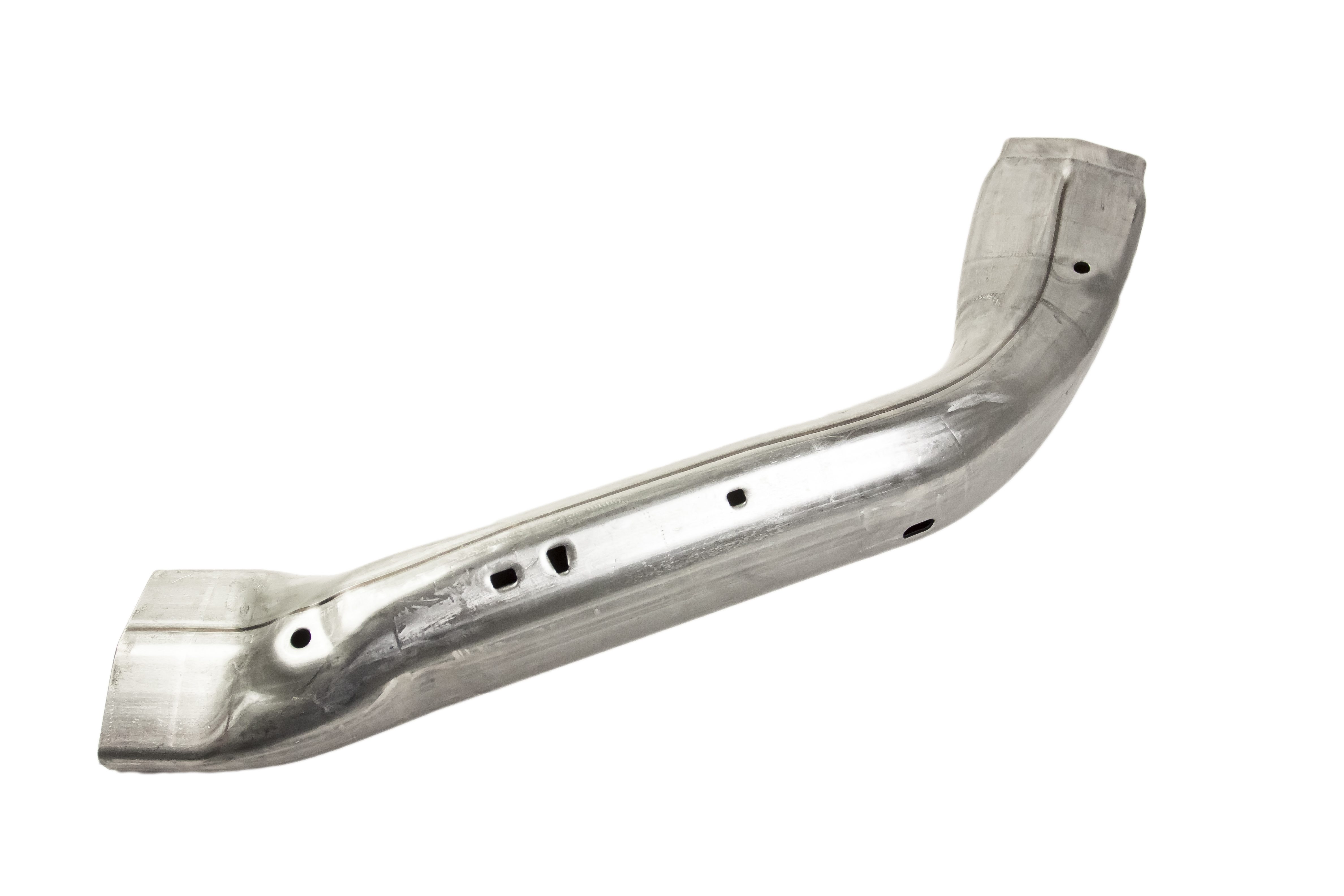
Hydroforming into the Next Generation
Technology born in the 1940s has evolved through the decades to become the most desired manufacturing method for widely varied industries. From the shape of a saxophone, the tubes in bicycle frames, h ...
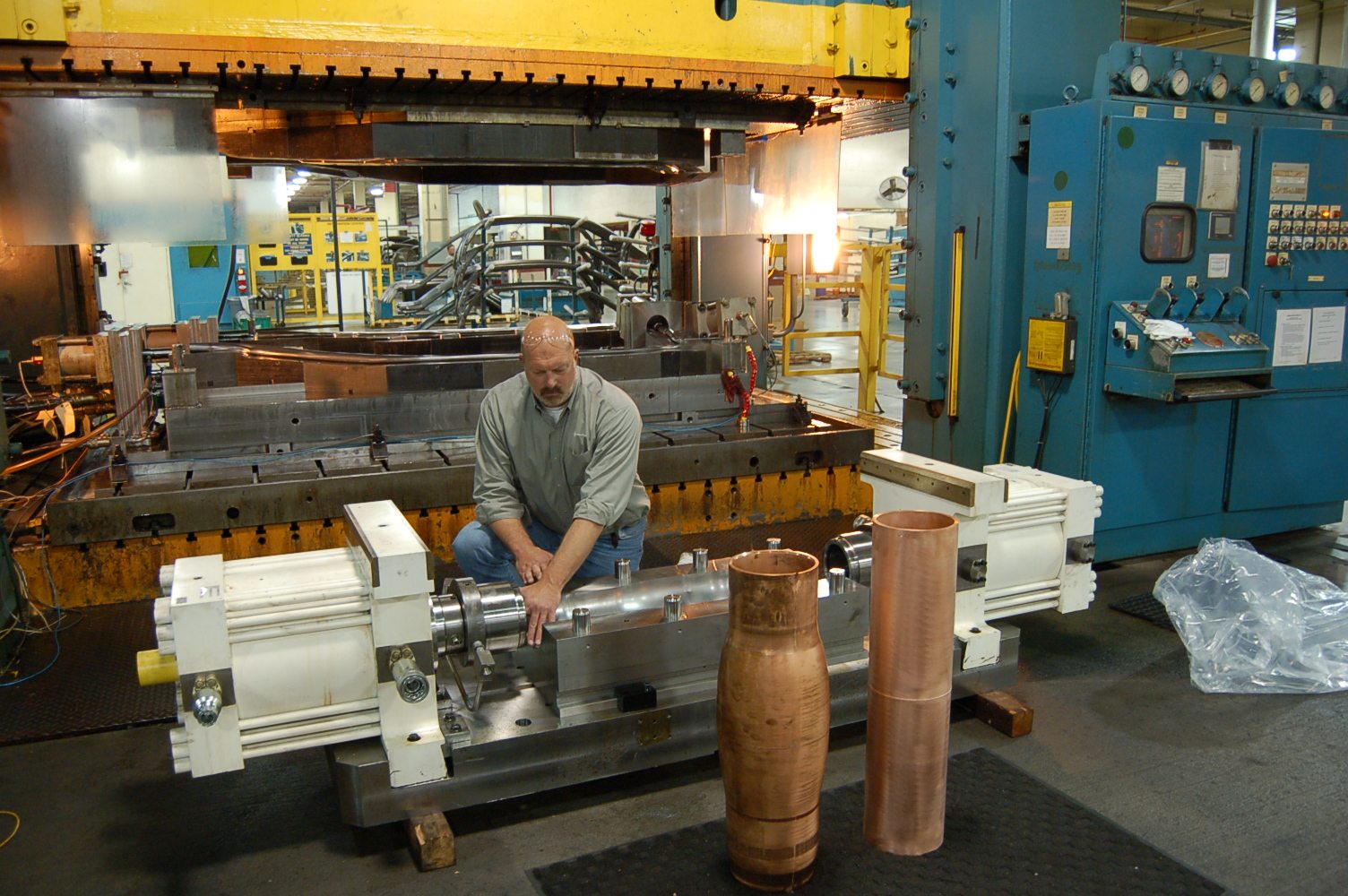
Hydroforming Rides New Wave of Interest
American Hydroformers has slowly built up a niche in the tube hydroforming industry. With nearly 10 years in business, American Hydroformers is ready with expertise, equipment and capacity. Hydroforme ...

Hydroforming Origins
We’re often asked when and where hydroforming started and how it came to be what it is today. With its potential for cost reduction and its obvious design advantages, it would seem that absolutely eve ...
